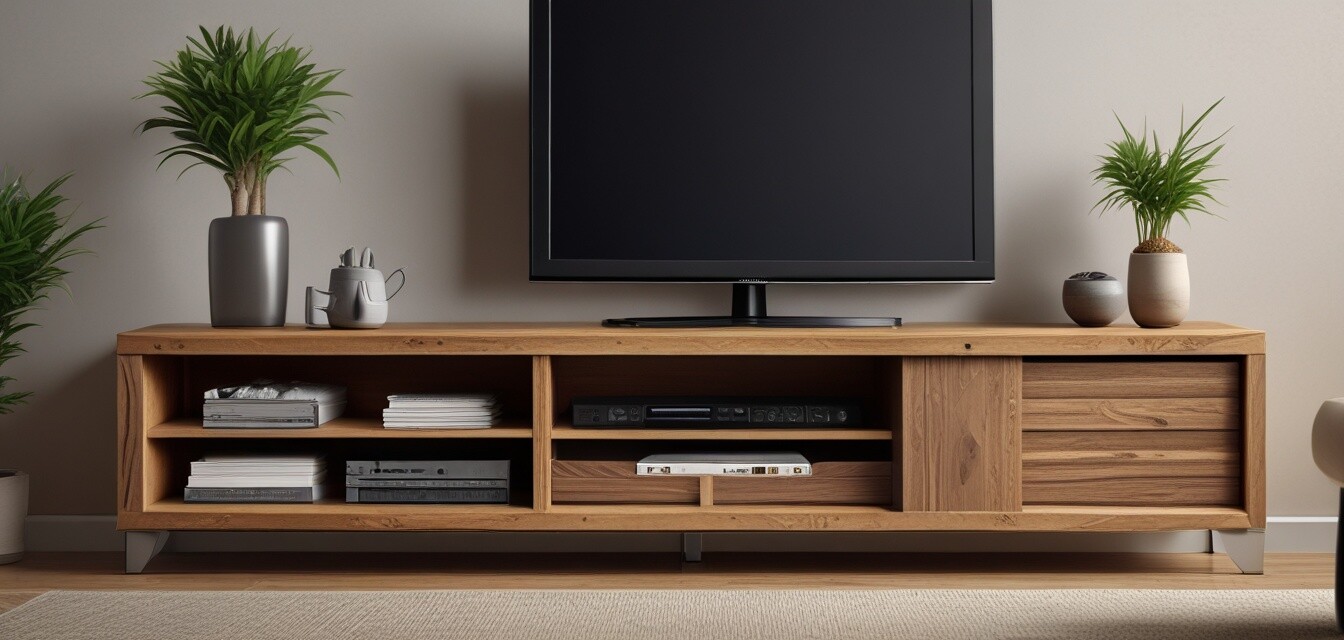
Sustainable luxury: The rise of high-end eco-friendly furnishings
Key Takeaways
- The demand for luxury eco-friendly furnishings is on the rise.
- Materials like reclaimed wood, bamboo, and recycled metals are popular choices.
- Innovation in design enhances aesthetics while minimizing environmental impact.
- Understanding consumer preferences for sustainability is vital for the market.
- Eco-friendly luxury can coexist with style and functionality.
In today's climate-aware society, the term "luxury" is evolving. It no longer simply refers to opulence and price tags but has expanded to include sustainability and ethical production practices. As consumers become more conscious about the impact of their purchases, the emergence of high-end, eco-friendly furnishings has marked a significant shift in the luxury market.
The Growing Demand for Eco-Friendly Luxury
The rise of sustainable luxury furnishings is influenced by various factors. Consumers are increasingly prioritizing eco-friendly options that combine style, functionality, and environmental consciousness. Let's delve into some of the key reasons behind this trend:
- Increasing environmental awareness: With climate change and resource depletion becoming pressing issues, many consumers are opting for products that minimize their environmental footprint.
- The desire for unique pieces: High-end furniture is often artisanal, and sustainable sources like reclaimed wood contribute to the uniqueness of each piece.
- Technological advancements: Innovation in sustainable materials has made it possible for luxury brands to create durable and stylish products without compromising on quality.
Materials That Define Sustainable Luxury
Sustainable luxury furnishings make use of innovative materials. Here’s a look at some popular materials shaping this sector:
| Material | Benefits | Common Uses |
|---|---|---|
| Reclaimed wood | Reduces deforestation, adds character | TV stands, dining tables |
| Bamboo | Highly renewable, strong, and versatile | Furniture frames, shelving |
| Recycled metals | Minimizes mining impacts, long-lasting | Frames, hardware, accents |
| Organic fabrics | Free of pesticides, biodegradable | Cushions, upholstery |
Trends in Eco-Friendly Luxury Furnishings
The evolution of consumer preferences has steered the design of sustainable furnishings towards more innovative and aesthetically pleasing solutions. Here are some trends to watch:
- Minimalist Design: Simplistic styles that emphasize natural elements promote sustainability.
- Modular and versatile pieces: Products designed for multiple uses enable sustainable living through adaptability.
- Integration of technology: Smart furniture that conserves energy and space while meeting modern consumer needs.
Luxury TV Stands: A Case Study
One noteworthy example of the rise of sustainable luxury can be seen in the domain of TV stands. Many high-end brands are producing eco-friendly TV stands that not only serve a functional purpose but also act as stunning focal points in a living room. Here are some key features:
- Use of reclaimed wood or bamboo for a stylish yet responsible aesthetic.
- Innovative storage solutions that prevent clutter while respecting sustainable principles.
- Customizable designs that adapt to various room layouts.
The Impact on Consumer Choices
As consumers become more informed about the sourcing of their furniture, the demand for high-quality, sustainable options has continued to grow. This shift impacts the entire furniture market, pushing even traditional brands to innovate in order to stay relevant. From TV stands to entire home entertainment solutions, eco-friendly options are now a priority.
Conclusion
The rise of sustainable luxury in furnishings is not just a passing trend but a reflection of a broader change in consumer values. High-end eco-friendly products are becoming synonymous with quality, uniqueness, and responsible living. As the market continues to adapt and grow, consumers can look forward to a future where style and sustainability are equally prioritized.
Pros
- Unique and high-quality materials enhance aesthetics.
- Supports ethical manufacturing processes.
- Promotes a lower environmental footprint.
Cons
- Higher price points compared to conventional options.
- Limited availability in some regions.
For more insights on this topic and additional tips on sustainable living, check out our Eco-Friendly Living blog category.